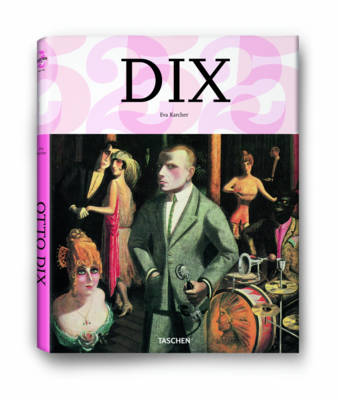Big Art
2 total works
'This man will go insane or leave us all far behind', prophesied the great impressionist Camille Pissarro. The man was Vincent Van Gogh (1853-1890), a vicar's son born at Groot-Zundert near Breda in Holland. Van Gogh was a solitary, despairing and self-destructive man and followed a variety of professions before becoming an artist. He craved recognition throughout his life which was denied until after his self-inflicted death. Today he is universally recognised as one of the great forerunners of 20th century painting, and one of the tragic masters of art. This study by the two leading experts - Reiner Metzer and Ingo F. Walther (who previously published the first ever "Complete paintings of Van Gogh) follows the artist from the early gloom-laden paintings in which he captured the misery of peasants and workers in his home province, through the bright and colourful paintings from his period in Paris, to the work of his final years under the southern sun in Arles, where at last he found the light that produced the unmistakable Van Gogh style. Bombarded by influences from every quarter, Van Gogh tried a number of approaches and techniques before leaving Arles in 1888.
In search of a new style and in a feverish burst of creative energy that marked the last two and a half years of his life, he produced the 465 paintings on which his immortality rests.
In search of a new style and in a feverish burst of creative energy that marked the last two and a half years of his life, he produced the 465 paintings on which his immortality rests.
In the 1920s, Otto Dix was the artist of Neue Sachlichkeit, the New Objectivity, par excellence. Painting in a very realistic, almost photographic style, he chose as subjects the poverty, violence, death, and war that he experienced as a soldier in World War I. After this terrible experience, he painted the famous triptych "The War". Dix staged the world as a play, a grotesque farce. But the form he chose to do so was based on the classical canon of beauty. Dix lived his life and served art, for he adhered to the age-old rule that the American painter Ad Reinhardt put in a nutshell: "Life is life, and art is art."

